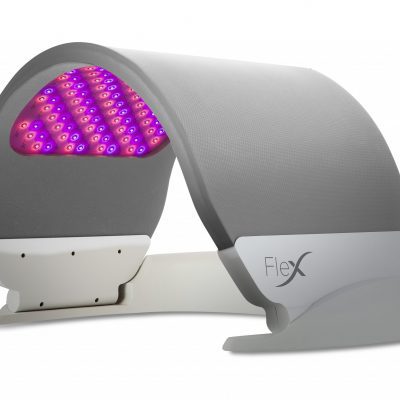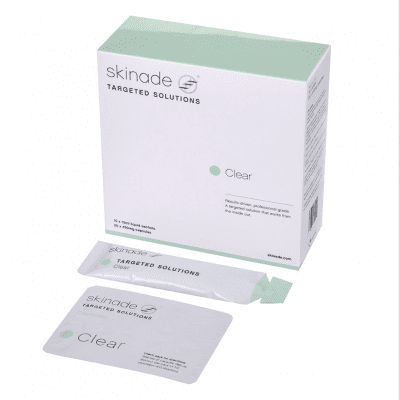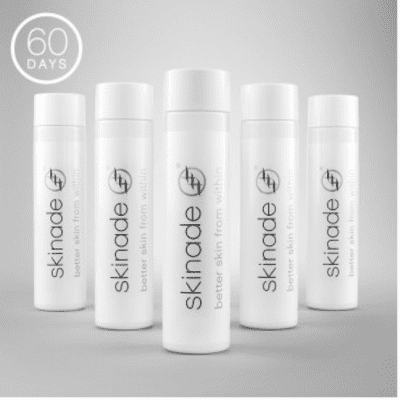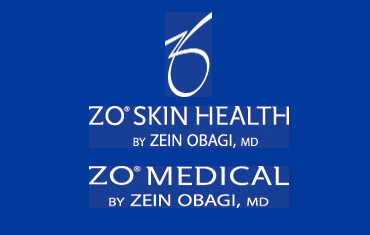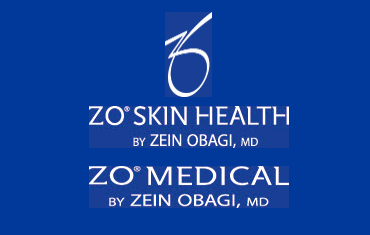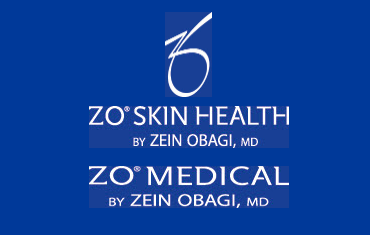Your concerns
Skin Blemishes
Blemishes refer to dark marks or skin discoloration. They usually develop on the face, back, chest or upper arms but generally can spread on any part of the body with hair follicles or pores.
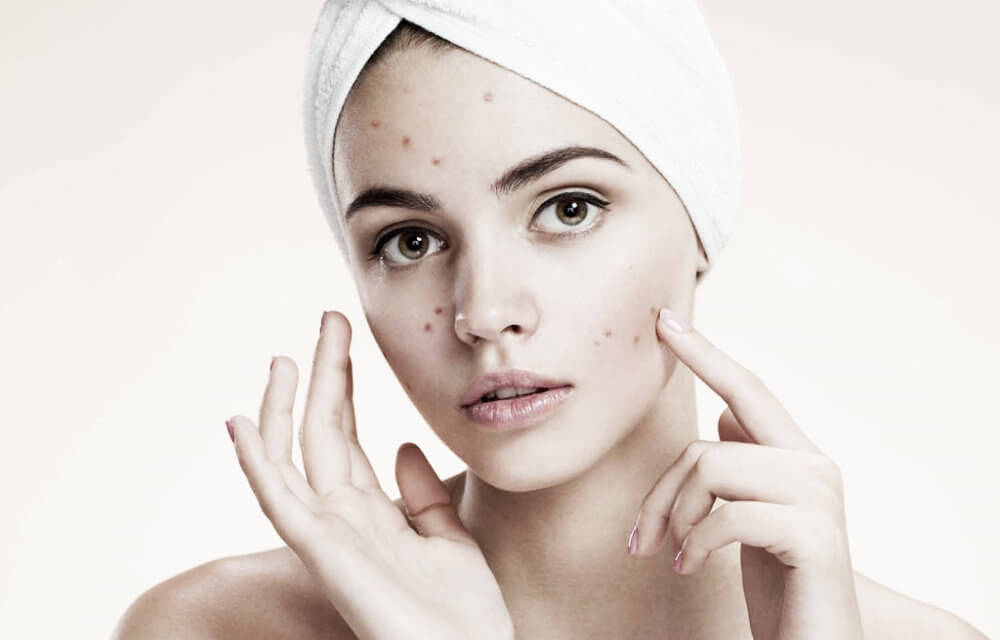

Skin Tags
,Skin tags are small flesh brown coloured growths that grow and hang off the skin. It is a small tag of skin which may have a stalk; they look like a small hanging piece of skin. Common areas are neck, armpit and groin. They are found in areas of friction but may also be found on the face including the eyelids. They are believed to be the result of the skin rubbing against skin. This is why they are generally found in skin creases and folds. They are often the size of a grain of rice but may be much larger. They tend to be more common in women than in men. These can easily be treated with Laser , Electrolysis or Plasma BT
Thread Veins
Thread veins, sometimes known as telangietasia or spider veins, are small dilated blood vessels near to the surface of the skin. They can develop anywhere on the body but are commonly seen on the face, around the nose and chin. They can also develop on the legs. There are numerous causes; environmental damage, such as sun or cold exposures, are thought to be a contributory factor. Other causes include pregnancy, hormones, ageing, topical steroids and are thought to be hereditary. These can easily be treated with Electrolysis, Intensed Pulse Light or Laser.
Warts
Warts are a small rough growth resembling a cauliflower or a solid blister. They are common on the hands and feet but may be found on other areas of the body. They are caused by the HPV ( human papilloma) virus. They range in size from 1mm to 1cm. Most people will develop a wart at some point in their life usually before the age of 20. They may be spread to other areas of the body . If you have a poor immune system you may develop warts and they may be difficult to clear. They are contagious and may be passed between. There are many types of warts including subungal, flat , plane, common and plantar warts. These can easily be treated with Electrolysis.
Milia (Milium Cysts)
Milia are small raised pearly white or yellowish bump on the skin. Milia are often found around the eyes and on the cheeks. They are usually hard and people often usually mistake them for acne or spots. It is unclear to the exact cause but we think it may be the build up of oils and skin cells in the top layer of the skin (epidermis). Milia generally disapear but some are more stuburn and may require intervention. These can easily be treated with Electrolysis.
Verrucas
Verrucas are contagious and are caused by the human papilloma virus (HPV). Verrucas are warts that are found on the feet . They are small rough lumps and sometimes may be painful when walking as the weight of the body pressure the wart flat. These can easily be treated with Electrolysis or Laser.
Seborrhoic Keratosis (wart)
Seborrhoic warts are non cancerous warty growths that occur on the skin. These are also known as seborrhoic warts. They are benign growths due to a build uo of orinary skin cells. They usually start to appear after the age of 40 although they can appear in younger people. They are not infectious and can may have a few or can be found in large numbers. Seborrhoic are harmless but may itch become inflammed and catch on clothing. People may find they a nuisance and dislike the look of them, particulary when they occur on the face.
These can easily be treated with Electrolysis, Plasma BT or Laser.
Blood Spots (camden de morgan spots)
These are benign skin blemishes, They are usually found on the trunk and extremties. They can be found at any skin site.They are usually very small, around 1-3mm in diameter, but may become larger over time. They are typically cherry red colour. Both men and women suffer with these and they may insrease in frequency with age.
Thes can easily be treated with Electrolysis.
Sebaceous Hyperplasia
Sebaceous hyperplasia is a disorder of the sebaceous glands in which they become enlarged,producing yellow, shiny bumps on the face. Sebaceous glands are glands located within the skin and are responsible for secreting an oily substance named sebum. They are commonly associated with hair follicles but they can be found in hairless regions of the skin as well. Their secretion lubricates the skin, protecting it from drying out or becoming irritated.
Sebaceous hyperplasia generally affects newborns as well as middle-aged to elderly adults. The symptoms of this condition are 1–5 mm papules on the skin, mainly on the forehead, nose and cheeks, and seborrheic facial skin. The papules may be cauliflower-shaped. Acne is also a symptom of this glandular disorder. It differs from the type of acne that affects adolescents and young adults in that it is of a more abnormally discolored composition.
These may be remoned using Plasma Surgical or Electrolysis. We would also recommend our Medical grade skincare programme .
Xanthelasma
Xanthelasma (or xanthelasma palpebrarum) is a sharply demarcated yellowish deposit of fat underneath the skin, usually on or around the eyelids. While they are neither harmful nor painful, these minor growths may be disfiguring and can be removed. They are common in people of Asian origin and those from the Mediterranean region.
Because of the hereditary component, they may or may not indicate high blood levels of cholesterol. Where there is no family history of xanthelasmata, they usually indicate high cholesterol and may correlate with a risk of atheromatous disease.
Liver Spots/Age Spots
Liver spots (also known as aged spot, solar lentigo, “Lentigo senilis”, “Old age spot,” “Senile freckle”) are blemishes on the skin associated with ageing and exposure to ultraviolet radiation from the sun. They range in color from light brown to red or black and are located in areas most often exposed to the sun, particularly the hands, face, shoulders, arms and forehead, and the scalp if bald.
The spots derive their name from the fact that they were once incorrectly believed to be caused by liver problems, but they are physiologically unrelated to the liver, save for a similar color. From the age of 40 onward the skin is less able to regenerate from sun exposure, and liver spots are very common in this age group, particularly in those who spend time in the sun.
Mole Reduction
A melanocytic nevus (also known as “Nevocytic nevus”) is a type of lesion that contains nevus cells (a type of melanocyte). Some sources equate the term mole with “melanocytic nevus”.Other sources reserve the term “mole” for other purposes.
The majority of moles appear during the first two decades of a person’s life, with about one in every 100 babies being born with moles. Acquired moles are a form of benign neoplasm, while congenital moles, or congenital nevi, are considered a minor malformation or hamartoma and may be at a higher risk for melanoma. A mole can be either subdermal (under the skin) or a pigmented growth on the skin, formed mostly of a type of cell known as a melanocyte. The high concentration of the body’s pigmenting agent, melanin, is responsible for their dark color. Moles are a member of the family of skin lesions known as nevi.
Dermatosis Papulosa Nigra
Dermatosis papulosa nigra (DPN) is a condition of many small, benign skin lesions on the face, a condition generally presenting on dark-skinned individuals.DPN is extremely common, affecting up to 30% of dark skinned people in the US. From a histological perspective, DPN resembles seborrheic keratoses. The condition may be cosmetically undesirable to some patients.
Hair Removal
Hair typically grows all over the human body. Hair can become more visible during and after puberty and men tend to have thicker, more visible body hair than women. Both men and women have visible hair on the head, eyebrows, eyelashes, armpits, pubic region, arms, and legs; and men also have thicker hair on their face, abdomen, back and chest. Hair does not generally grow on the underside of the hands, the lips, certain areas of the genital structure, or the underside of the feet.
Forms of hair removal are practiced for a number of reasons, including cultural, sexual, medical and religious. Forms of hair removal have been practiced in almost all human cultures since at least the Neolithic Era. The methods used to remove hair have varied in different times and regions, but shaving is the most common method.
Sebaceous Cysts
The scalp, ears, back, face, and upper arm, are common sites for sebaceous cysts, though they may occur anywhere on the body except the palms of the hands and soles of the feet. In males a common place for them to develop is the scrotum and chest. They are more common in hairier areas, where in cases of long duration they could result in hair loss on the skin surface immediately above the cyst. They are smooth to the touch, vary in size, and are generally round in shape.
Prices
Prices start from £50
Treatments Available
At True You Skin Clinics we offer a wide range of treatments to treat skin blemishes
ZO Skin Consult
Advanced Electrolysis Plasma BT
Laser
4D Clear Lift
Intense Pules light
We also stock a number of professional skin care products, which would be beneficial if used in conjunction with the above treatments. If you would like further information on treatments for skin care please contact our Nurse Practitioner on
Reviews
Book a consultation
Bradford: 01274 622480
